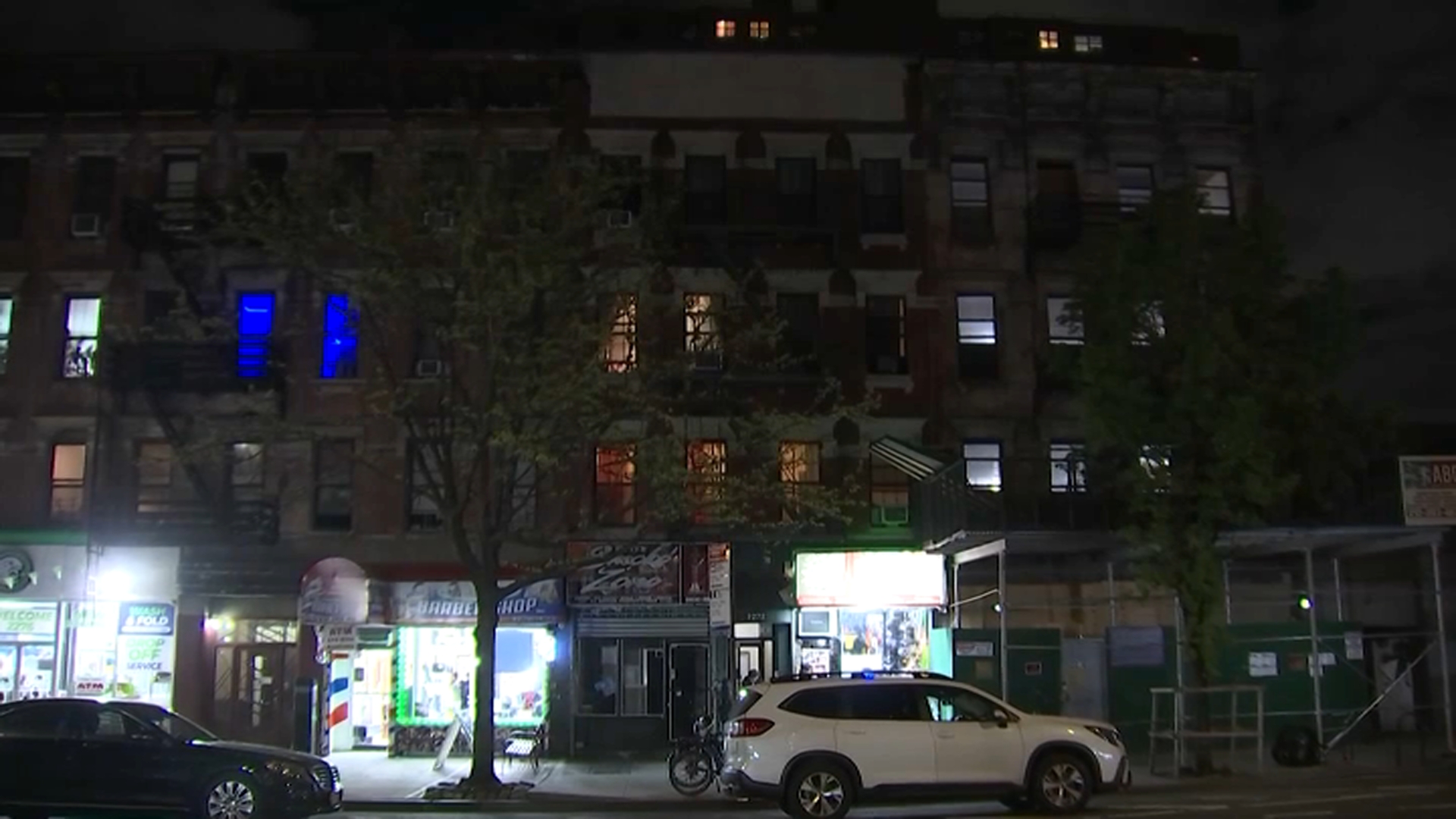The New York City medical examiner's office confirmed Friday that it is reviewing hundreds of rape cases for possible errors in DNA analysis.
Officials say so far it appears that the testing in the majority of the cases was valid. But in one instance, the review uncovered evidence that resulted in an indictment last year accusing a man of raping a minor more than a decade ago in Brooklyn.
The exhaustive review, first reported in The New York Times, began after the medical examiner's office discovered errors by an unidentified laboratory technician, who was hired in 2001 and resigned in 2011, office spokeswoman Ellen Borakove said.
During a training session before her resignation, supervisors learned that her "work wasn't up to the standards we expect," Borakove said.
The medical examiner's office determined that the technician had handled evidence in more than 800 sexual assault cases during her nine-year tenure. The review, which is more than half-way completed, so far has found that she failed to detect existing biological evidence in at least two dozen instances.
Authorities stressed on Friday that while the review could result in new charges in old cases, there was no indication the faulty work resulted in convictions of innocent people.
"It's important to note that her errors produced false negatives, not false positives, and the bulk of those tests were negative again when re-tested," said Erin Duggan, spokeswoman for Manhattan District Attorney Cyrus Vance Jr.
Local
In seven of the cases under scrutiny, new DNA profiles were developed. One new profile matched a convicted offender's sample, leading to the indictment in the pending Brooklyn rape case. In two other instances, the new DNA evidence was linked to people already convicted or under suspicion.
The medical examiner's office employs 48 technicians who do preliminary processing of evidence to determine if a suspect left behind saliva, semen or blood. The workers are responsible for placing swabs from victim's bodies into test tubes, and for examining underwear and other clothing for signs of stains that should be tested for DNA.
In some instances, the technician in question reported she found no potential DNA evidence on clothing, according to a summary of the review. Re-examinations by other analysts found stains that tested positive for blood and semen.



